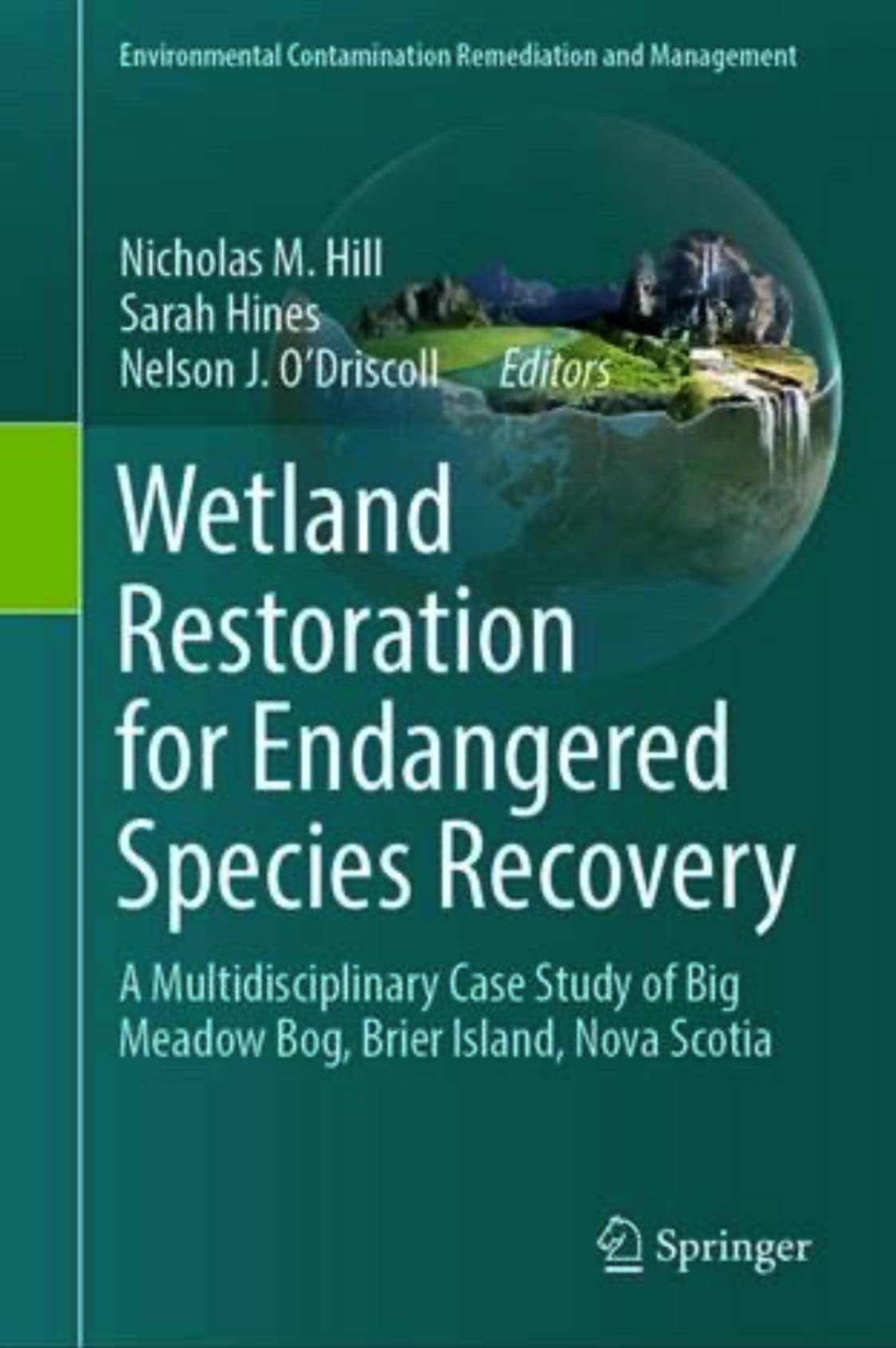
January 2025 marked the publication of Wetland Restoration for Endangered Species Recovery: A Multidisciplinary Case Study of Big Meadow Bog, Brier Island, Nova Scotia, an academic book detailing efforts to restore the habitat of the endangered Eastern Mountain Avens (Geum peckii) and research to better understand the effects of the restoration of the plant and the wetland ecosystem. Edited by Dr. Nick Hill, Sarah Hines, and Dr. Nelson O’Driscoll, this book is part of the Springer Nature series Environmental Contamination Remediation and Management.
The book contains 17 Chapters and a long list of authors many of which are affiliated with Acadia University (27 authors from Acadia University). This collective effort has not only supported the recovery of the Eastern Mountain Avens but has also contributed to a broader understanding of wetland restoration. Over the decade this project has been active it has created meaningful research opportunities for students. We estimate 50+ Acadia students have been engaged in research connected to the restoration work on Brier Island to date.
Beyond Acadia, Brier Island research has been collaborative from the beginning, with involvement from experts throughout Nova Scotia. Researchers and consultants from Dalhousie University, East Coast Aquatics, Environment and Climate Change Canada, Kejimkujik National Park and National Historic Site, Mersey Tobeatic Research Institute, Nova Scotia Department of Natural Resources and Renewables, Nova Scotia Geoscience & Mines Branch, and St. Francis Xavier University have all been deeply involved and essential to the success of this work.
The Eastern Mountain Avens: A Globally Endangered Species
Eastern Mountain Avens, is one of Canada’s most at-risk plant species. This small yellow wildflower is found only in two locations worldwide: Big Meadow Bog on Brier Island, Nova Scotia, and the White Mountains in New Hampshire. The Canadian population, concentrated on Brier Island, is highly vulnerable due to impacts from historic wetland ditching.
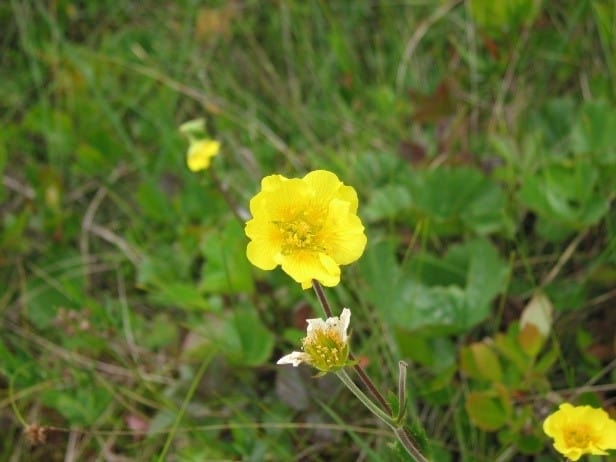
In the 1980s, the Eastern Mountain Avens was officially listed as Endangered in Canada, yet significant conservation action did not begin until recent years. The bog habitat, altered by human activities, was severely degraded, and without large-scale restoration, the survival of the Avens was at risk. The book outlines how the restoration of Big Meadow Bog became essential to the survival of the species.
Restoring Big Meadow Bog: A Collaborative Effort
The restoration of Big Meadow Bog was not just about saving a single plant species, but protecting an entire ecosystem. Wetlands like Big Meadow Bog are vital for water filtration, carbon storage, and biodiversity. In the case of the Eastern Mountain Avens, restoring the bog’s ecological integrity was critical to ensure the long-term survival of the species and other life connected to the wetland.
The book highlights the collaboration between scientists, government agencies, non-governmental organizations, and the local Brier Island community, who all worked together to restore the bog’s hydrology. The project’s success depended on adaptive management, a process of continuous learning, open communication, and adjustment based on monitoring results. This approach allowed researchers to remain flexible and responsive to new information, ensuring that conservation actions were effective and sustainable
A Model for Global Conservation Efforts
While this book focuses on the restoration of Big Meadow Bog, its implications extend far beyond Nova Scotia. Wetlands worldwide are under threat from human activity, and Wetland Restoration for Endangered Species Recovery offers valuable lessons on how to approach restoration in a way that benefits both endangered species and the broader ecosystem. The adaptive management framework presented in the book serves as a model for conservationists working to restore wetlands globally.
As Brier Island was recently designated a Global Key Biodiversity Area, the restoration of Big Meadow Bog serves as a beacon of hope for endangered species recovery. The book provides a comprehensive knowledge base for future conservation efforts, ensuring that the work done to protect the Eastern Mountain Avens will continue to inspire and guide conservation actions for years to come.
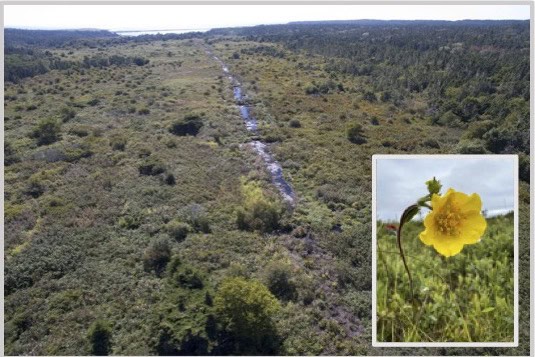
A complete list of chapters and titles contained in the book
| 1 | Introduction |
| 2 | Big Meadow Bog: A Lost Backyard |
| 3 | The Taxonomy and Evolution of Geum peckii Pursh, an Arctic-Alpine, non-vagile Herb. |
| 4 | The Ecology of the Eastern Mountain Avens: |
| 5 | Climate change on Brier Island: prospects for long-term survival of Geum peckii. |
| 6 | The Geological and Ecosystem Development of Big Meadow Bog from Jurassic to Present |
| 7 | Pre and Post Restoration Hydrology of Big Meadow Bog |
| 8 | Differences in shallow groundwater dynamics between disturbed and undisturbed peatlands on Brier Island, Nova Scotia; implications for colonization by Geum peckii |
| 9 | Greenhouse Gas Emissions |
| 10 | From Scotland to Briar Island: The restoration of wetland hydrology at Big Meadow Bog |
| 11 | Baseline and 3-Years Post-Restoration Bird Communities at Big Meadow Bog, Brier Island, Nova Scotia. |
| 12 | The Unpredictable Avian Transport of Farm Wastes to Natural Ecosystems: |
| 13 | A multi-year study of the effects of water table restoration and gull guano inputs on the nutrient and mercury speciation export in surface water from Big Meadow Bog: |
| 14 | Foliar Endophytic Fungi from Geum peckii in Canada |
| 15 | Complementary strategies: ex situ conservation through seed banking, propagation, and mycorrhizal research |
| 16 | Herring gulls in Atlantic Canada: history, adaptability, and management concerns. |
| 17 | Conclusions and synthesis |
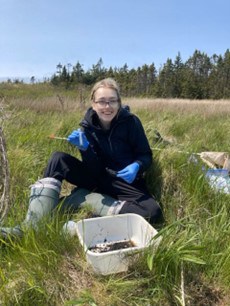
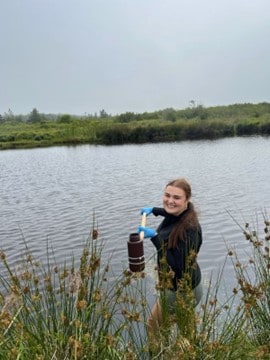
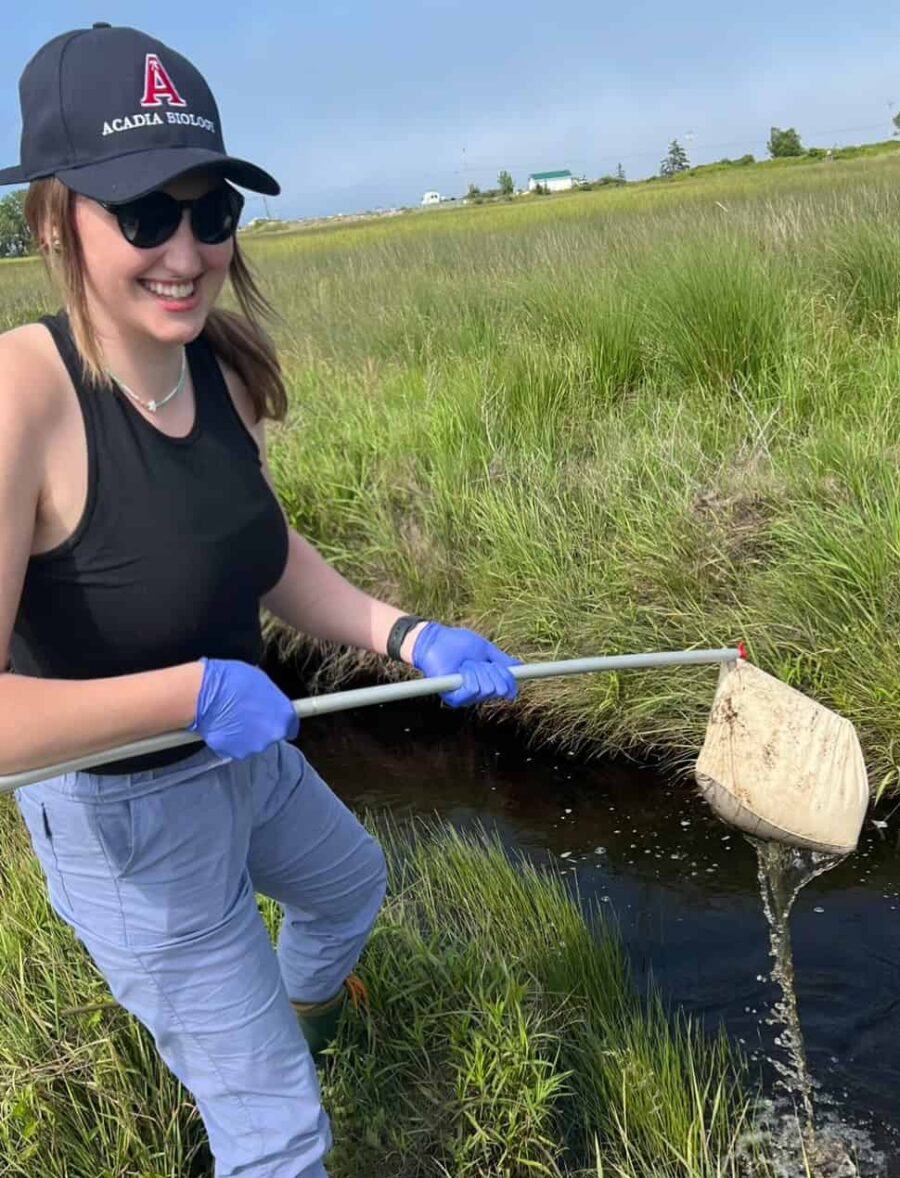
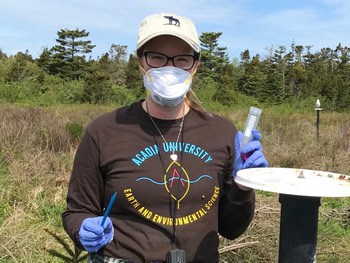
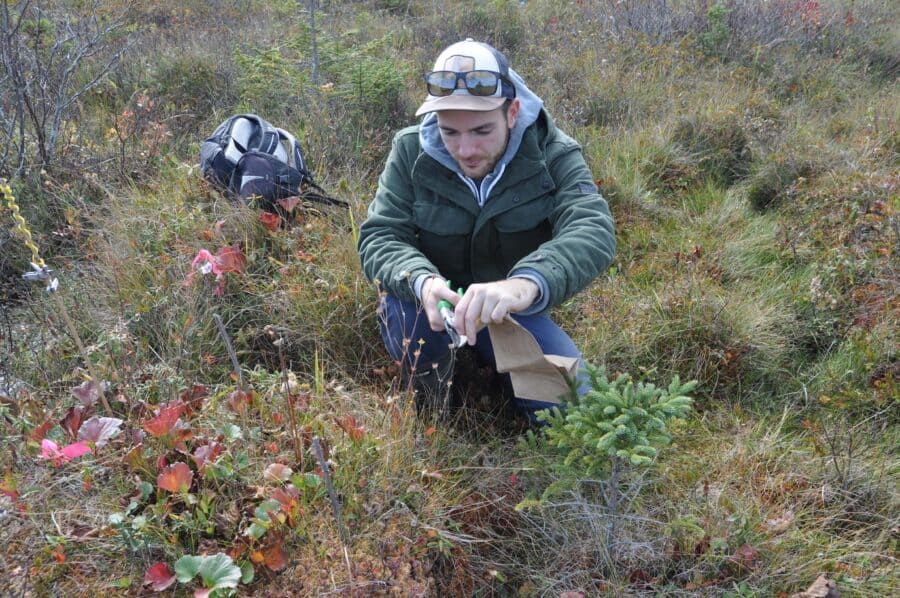
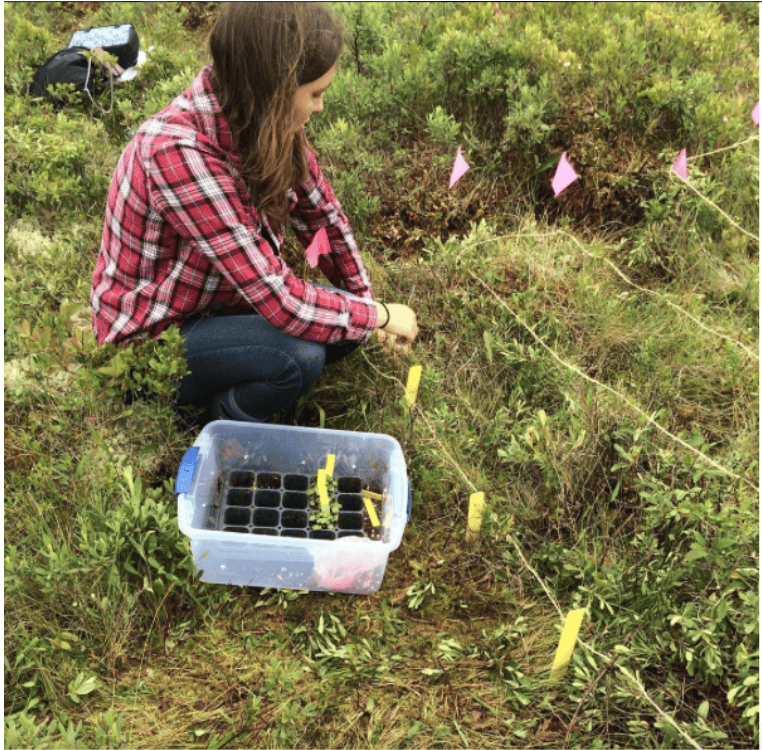
For more information please contact sarah.hines@acadiau.ca.


 Acadia University
Acadia University